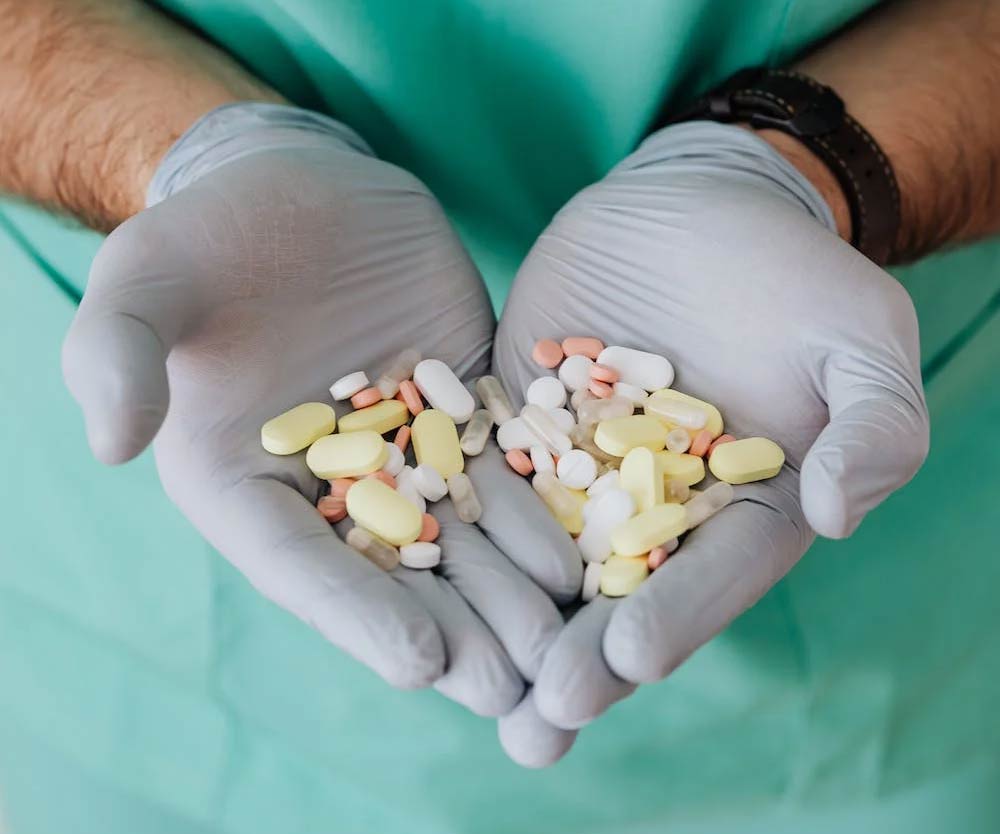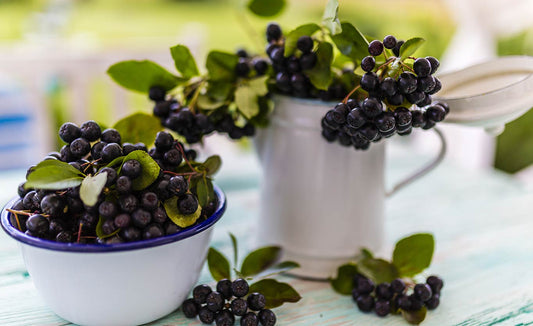Antibiotic Resistance

The use of antibiotics has unquestionably transformed medicine over the past 100 years and dramatically increased lifespan. Sir Alexander Fleming, a Scottish pharmacologist and biologist is credited with the discovery of penicillin in 1928 for which he received the Nobel Prize in Physiology and Medicine. The first known use of antibiotics, however, dates back at least 2,500 years ago to the Chinese who discovered therapeutic properties of moldy soybeans. An extract from this substance was used to cure skin infections. Current development and the future of antibiotic discovery is supported by new technologies such as genome editing and the continued discovery of new natural products with diverse bioactivities. There are at least 45 drugs currently going through the clinical trial pipeline that includes several new classes of antibiotics with novel modes of actions in Phase 3 clinical trials.
Help cannot come soon enough
There is an alarming and consistent rise in bacteria and funguses that are resistant to therapy. Antimicrobial resistance happens when germs develop the ability to defeat the drugs designed to kill them. That means the germs are not killed and continue to grow. Resistant infections can be difficult to treat and in some severe cases, impossible to stop.
According to data from the Centers for Disease and Control, or CDC, antimicrobial resistance kills at least 1.27 million people worldwide and is associated with nearly 5 million deaths in 2019. In the U.S., more than 2.8 million antimicrobial-resistant infections occur each year. More than 35,000 people die as a result, according to CDC’s 2019 Antibiotic Resistance (AR) Threats Report. If Clostridium difficile—a bacterium that can cause deadly diarrhea and is associated with antimicrobial use—is added to these, the U.S. toll of all the threats in the report exceeds 3 million infections and 48,000 deaths.
The emergence of bacterial resistance to the commonly used antibiotics or antimicrobials lowers the available prevention and treatment measures, leading to extended hospitalization periods and causing a severe financial burden to healthcare systems worldwide. Therefore, there is an urgent need for researchers to develop novel and alternative therapies as well as adopting better antibiotic stewardship. Antibiotic stewardship can be programs that promote the appropriate use of antibiotics to reduce microbial resistance, and decrease the spread of infections caused by multidrug-resistant organisms.
Misuse and overuse of antimicrobials is one of the world’s most pressing public health problems.
The use of antimicrobials in agriculture for promoting growth in livestock and preventing disease has also been a contributing factor to the emergence of resistant strains of bacteria. Resistant bacteria can be transmitted from animals to humans through food consumption. An area that is gaining much more attention is the use of natural and plant-based polyphenols to aid in combating infections and in some cases complement antibiotic use.
Polyphenols are secondary metabolites that are found in all higher plants that have important roles as defense against plant pathogens and animal herbivore aggression and as response to various stress conditions, such as reduced rainfall and ultraviolet radiation. As previously reported, Aronia berry has the highest levels of natural polyphenols in fruits.
In research published in the European Journal of Clinical Nutrition "Identification of the 100 richest dietary sources of polyphenols: an application of the Phenol-Explorer database", Aronia ranks 7th!
This would certainly position the Aronia berry as a promising natural source for future nutraceuticals. A nutraceutical is a term that combines “nutrition” and “pharmaceutical.” It refers to products derived from food sources with extra health benefits in addition to the basic nutritional value found in foods. Nutraceuticals are often marketed as a way to provide health benefits beyond basic nutrition and may include dietary supplements, functional foods and beverages.
In Polyphenols as Antimicrobial Agents, the author Maria Daglia reviews the antibacterial, antiviral, and antifungal activities of the most active polyphenol classes and the mechanisms of action. The author states, “Considering that the microbial resistance has become an increasing global problem, and there is a compulsory need to find out new potent antimicrobial agents as accessories to antibiotic therapy, the synergistic effect of polyphenols in combination with conventional antimicrobial agents against clinical multidrug-resistant microorganisms is discussed.”
Polyphenols have a host of ways to suppress microbial virulence factors such as inhibition of biofilm formation, reduction of bacterial communication and adhesion, as well as neutralization of bacterial toxins. Polyphenols also show synergism with antibiotics, meaning that the addition of these natural powerhouses can make antibiotics even more effective.
Bacteria have multiple pathways to resist the effectiveness of antibiotics. One of the most difficult to eradicate is the formation of biofilm. Biofilm forms when bacteria adhere to surfaces in moist environments. In the body, this most commonly occurs in the bladder or on devices such as a catheter or medical implant. The bacteria colonize and begin secreting a slimy, glue-like substance that protects the bacteria host defenses and antibiotics. The biofilm also allows bacteria to communicate with each other and share genes that confer resistance. Once bacteria are encased in a biofilm layer, they are extremely difficult to remove. To learn more about the role of polyphenols and specifically Aronia in preventing biofilm formation, receive our TGUARD™ white paper via email on our research page.



